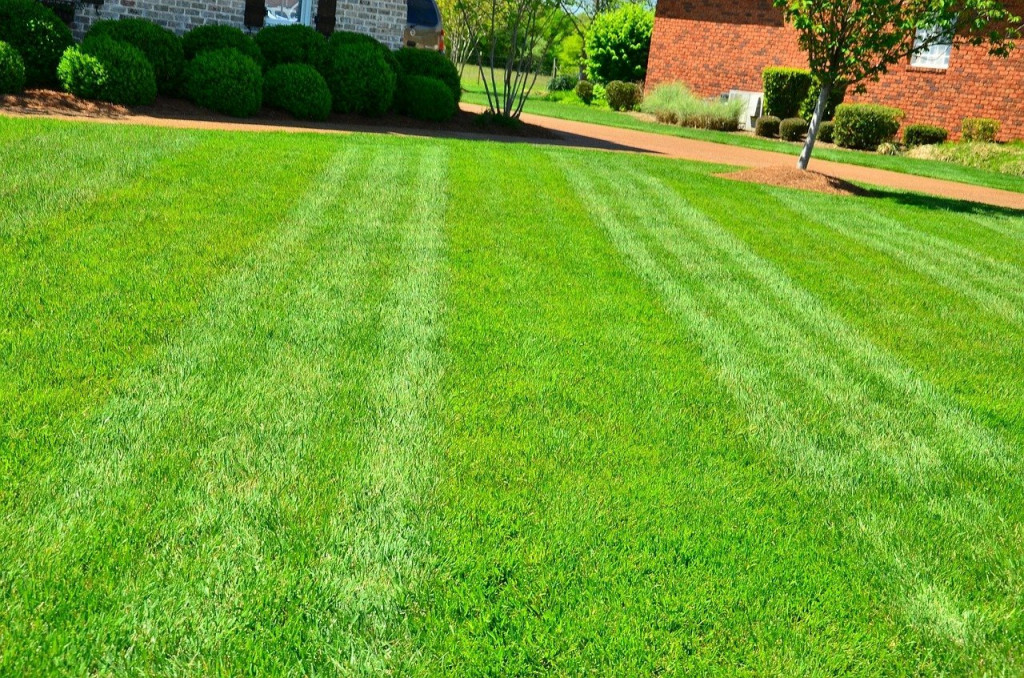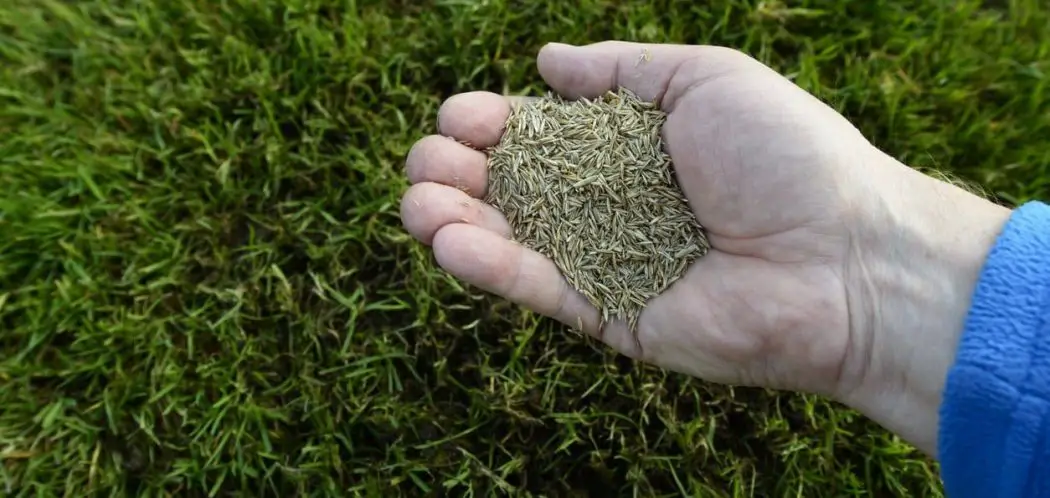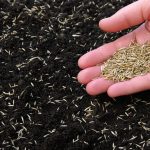You may have heard the terms seeding and overseeding, but it isn’t clear what the difference is. It can be confusing to know which is the right method, as both have the goal of growing grass from seed. The differences lie in the processes involved and the machines you use.
Continue reading to learn the differences between seeding and overseeding and the right time for each.
Seeding is adding grass seed to soil where there isn’t any grass has worn away. Overseeding is the process
What Is Overseeding a Lawn?
Overseeding a lawn is when you add grass seed to a lawn that already has grass growing. The idea is to make the grass denser or thicker, while leaving the soil and the current grass in place. It will add green to your lawn and create thicker grass throughout. It also helps the turf to last longer and stay healthy.
You can actually introduce different types of grass that are compatible through this method so that you have a green lawn longer into the season.

When Is Overseeding a Lawn Done?
Overseeding lawns is done at different times of year in different climates. If you live in the northern areas which are cooler, you will want to overseed in the late summer or the early fall. At this time, the soil is still warm enough for the seeds to germinate, and the temperatures are mild enough that the new grass can develop before winter. In addition, during this time, the soil is usually moist enough to help the seeds germinate.
In the warmer climates, the best time to overseed is in the mid spring or the early summer. During this time, the temperature of the soil is warm enough for seeds to develop. It also has enough moisture, and the seeds will be able to grow into grass blades in the lawn.
How to Overseed a Lawn
When you are going to overseed your lawn, the first step is to prepare your lawn for overseeding. You should check your lawn for any thatch, and if it is there, you can aerate it or remove it before you overseed.
Cut the grass so that it is short, and bag the grass clippings so that it doesn’t block the seed from making its way to the soil. Once you finish mowing, go over the lawn with a rake to make sure that any debris or thatch is gone and the top layer of the soil is loose enough to welcome the seed.
Next, you can seed the lawn. It is easiest to do with a spreader. Then, you need to water the lawn immediately, and keep watering it every day for two weeks. Once your grass has germinated, you will want to water every two to three days until the grass is the same height as the rest of the lawn.
What Is Seeding a Lawn?
Seeding is different from overseeding because it is where you add grass seed to soil where there isn’t any grass or where the grass has completely worn away.
If you have an area where heavy traffic has worn the grass away or if you are creating a new lawn, you will want to seed the area. You will need to till the soil for this process, so you use different equipment when you seed.
When Would You Seed a Lawn?
You seed a lawn when you are creating a brand-new lawn or when you are replacing parts or all of a lawn that has been worn and is bare. In northern climates, you will seed in late summer to early fall, and in the south, you will want to do it in the spring or early summer. It is important to pay attention to the time of year so that your grass will grow thick and healthy.
How to Seed a Lawn
If you are seeding from scratch, you can use a seeder for the entire process. The great thing about these machines is that they have two rows of reciprocating tines that break up the soil. They will go down between 1½ and 2 inches deep, and the seed can be added from the seeding box above the tines.
You will want to consider testing your soil before you seed to make sure that it has an ideal pH level and the right percentages of organic matter. You can make adjustments to the soil once you receive the test results. Then, you will choose your seed. The quality of the seed will determine the quality of your lawn, so you should choose the best seed you can afford.
Next, you can prepare your soil by removing rocks and other debris that will block the seed, and you should rake the soil so that it is smooth and loose. You can fertilize the soil so that it feeds your grass and helps it to grow in strong and healthy, and then you can spread the seed with a seeder.
Once you plant the seed, you need to water the lawn. You will want to water it every day until the grass grows. This is the most important step because the seeds won’t grow if the soil doesn’t hold enough moisture.
You can use either method; if you have a machine or rent one, it is efficient and works well, but you can also rake and till the soil by hand. Either way, you follow these steps to grow a new lawn from seeding.
Summary
Seeding and overseeding are two different methods of planting grass, and they have different purposes. When you want to add grass seed to your lawn, you can overseed. You just cut the grass, make sure there isn’t any thatch or debris, and spread the seed.
If you are planting a new lawn or replacing areas that are worn out, you will seed. For this process, you do want to till the soil and loosen the top couple of inches so that the seed will get into the soil and take root. No matter which method you are using, you must water the grass until it germinates to keep the soil moist enough for the grass to grow.




